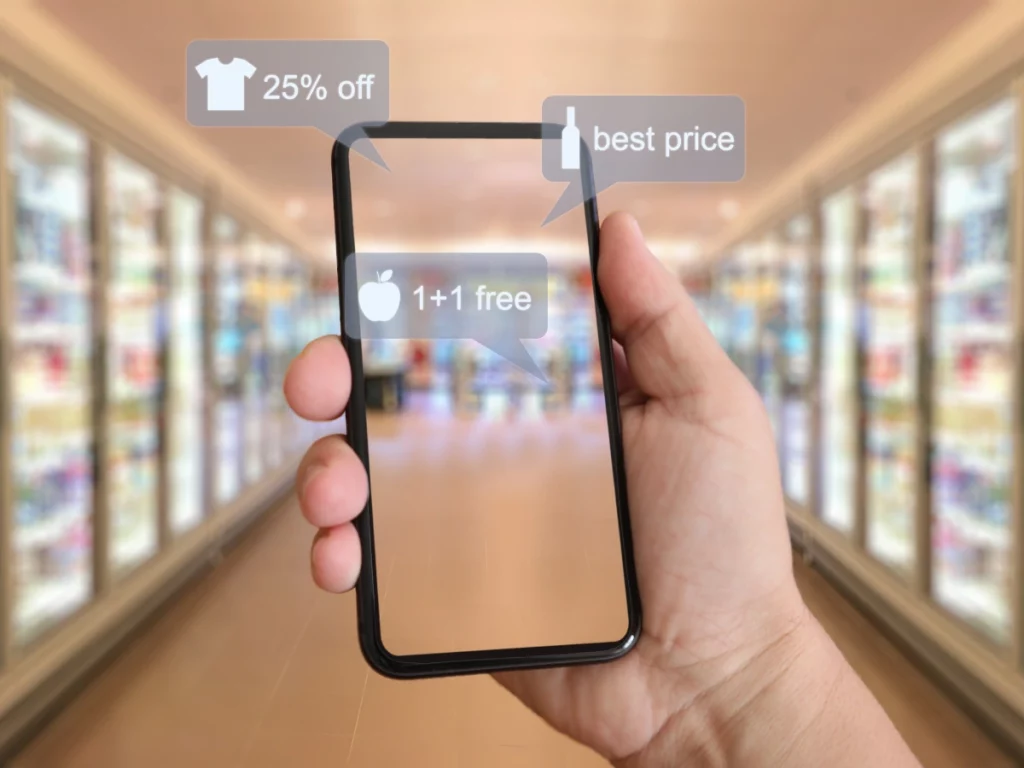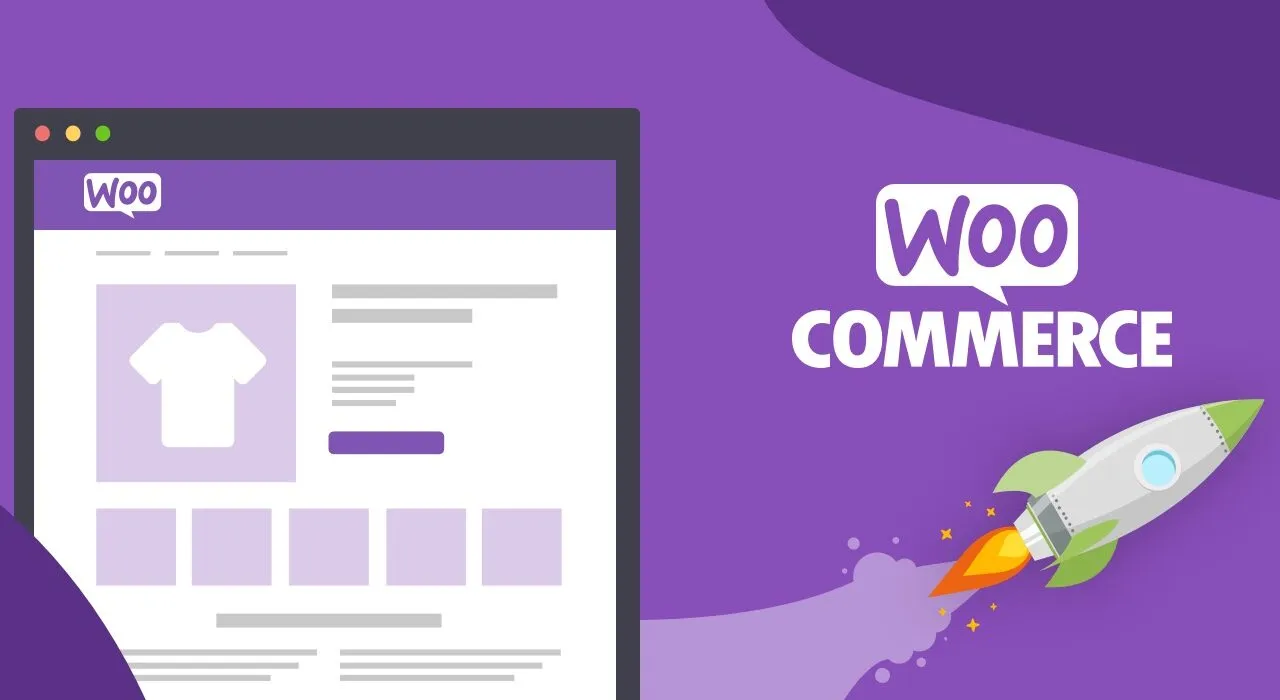The impact of mobile devices on eCommerce is widely recognised, but identifying the significant changes and their importance can be a challenge. As smartphones, tablets, and phablets become increasingly indispensable in our daily lives, keeping track of the changes and trends can be overwhelming. However, it is crucial for business owners whose success depends on the latest technological advancements.
Mobile commerce is expected to hit $620.97 billion by 2024, accounting for almost 43% of all eCommerce purchases, with no signs of slowing down. Businesses must recognise the impact of mobile technology on sales and industry trends due to its widespread use in society. As the mobile commerce industry continues to grow, businesses that fail to prioritise mobile optimisation risk falling behind the competition.
What is m-Commerce?
Mobile commerce, or m-commerce, refers to any type of transaction made on a mobile device, such as smartphones, tablets, or other handheld devices. It encompasses a range of activities, including in-app purchasing, mobile banking, and retail transactions, among others. This form of commerce has revolutionised the way people engage in commercial transactions, offering a seamless shopping and banking experience at our fingertips. As the world becomes more connected through technology, m-commerce has become a facet of eCommerce that businesses should prioritise to stay competitive. Some examples of mobile commerce today include making purchases, social commerce, mobile banking, mobile payments/transactions, mobile ticketing, in-app purchasing, and marketplace apps.
Key mobile commerce trends and opportunities for businesses
Here are key factors driving the growth of m-commerce and how businesses can benefit from them.
- Embrace mobile-friendly websites and apps. As mobile usage continues to increase, businesses are adopting a ‘mobile-first’ attitude, developing mobile-friendly websites and launching dedicated shopping apps. Google now penalises sites that are not mobile-friendly, further emphasising the importance of adapting to this trend.
- Harness the power of AI and chatbots. Online retailers are embracing innovations such as artificial intelligence (AI) and chatbots to provide a personalised and seamless shopping experience. By integrating these technologies, businesses can improve customer satisfaction and drive more sales.
- Prioritise customer experience. Online shops are investing in UX and UI teams to ensure a smooth and enjoyable mobile shopping experience. A user-friendly design is crucial, as studies show that customers spend more time on sites like Amazon with easy-to-use interfaces.
- Improve mobile payment options. The increase in mobile payment options contributes to the growth of m-commerce. With more convenient and secure payment methods, customers are more likely to purchase on their mobile devices. However, there is room for improvement, as 90% of shoppers believe their mobile commerce experience could be better.
- Leverage cloud services. The cloud is like a virtual warehouse for your data, keeping it safe and easily accessible without relying on bulky hardware. By using cloud services, your mobile solutions become lighter and more nimble, making it a breeze for users to switch to mobile devices while also cutting costs.
- Implement one-click payments. Streamline the purchasing process by minimising the number of steps required to complete a transaction. One-click payment solutions can store customers’ payment information securely, allowing them to quickly complete purchases without entering their details each time. This simplified approach not only increases the likelihood of repeat purchases, but also reduces cart abandonment rates by making the process more efficient and enjoyable.
- Utilise social commerce. Social media platforms are where people hang out and share their interests. By integrating social commerce features like ‘Buy’ buttons and one-click checkouts, you’ll turn casual browsing into active shopping. It’s a smart way to showcase your products and services to potential customers and make their shopping experience seamless.
- Integrate AR and voice commerce. Imagine being able to visualise a product in your home before you buy it, or chat with a virtual assistant who can help you with your shopping. Augmented reality (AR) and voice commerce can bring this sense of wonder to your customers, making their shopping experiences more engaging and convenient.
- Focus on usability and safety. A mobile platform should be easy to use and secure. To create a user-friendly experience, ensure your mobile interface is visually appealing and easy to navigate. And to keep your customers’ information safe, team up with partners with advanced fraud prevention tools and AI capabilities. By prioritising both usability and security, you can offer a shopping experience that’s both enjoyable and trustworthy.
- Adapt to the changing retail landscape. The rise of m-commerce has impacted brick-and-mortar businesses, leading to the adoption of cashless payment systems. Banks and payment providers are introducing mobile banking apps and digital payment solutions to cater to this growing market.
Summary
Mobile devices have become a global phenomenon, and mobile eCommerce conversion rates will only continue to rise as people increasingly use their phones for online shopping. As consumers increasingly rely on their mobile devices, businesses must understand the importance of mobile eCommerce and its role in driving growth. This trend is hard to ignore as it represents a growing share of new customers, including millennials and Generation Z. It is critical for businesses to understand these changes and plan accordingly to stay competitive in the mobile eCommerce market.



